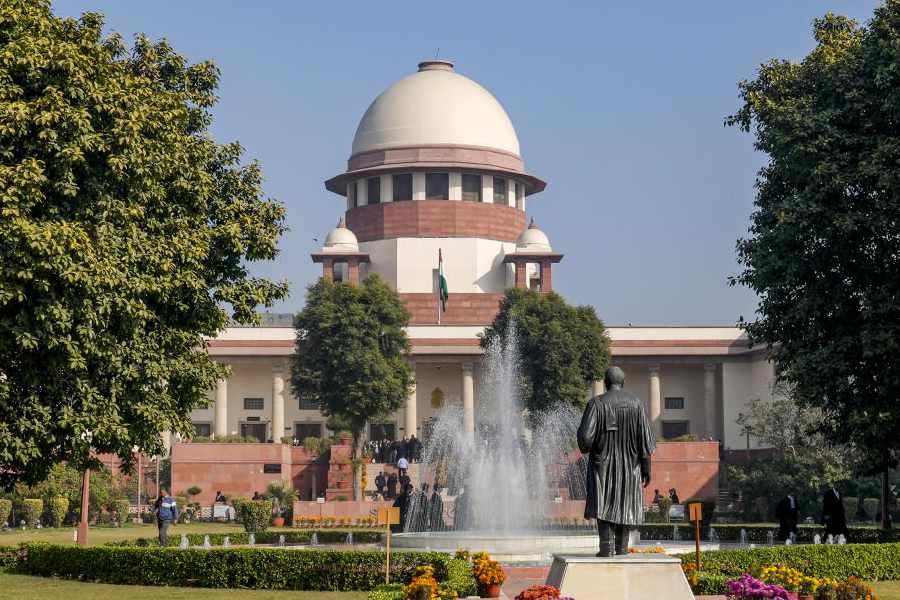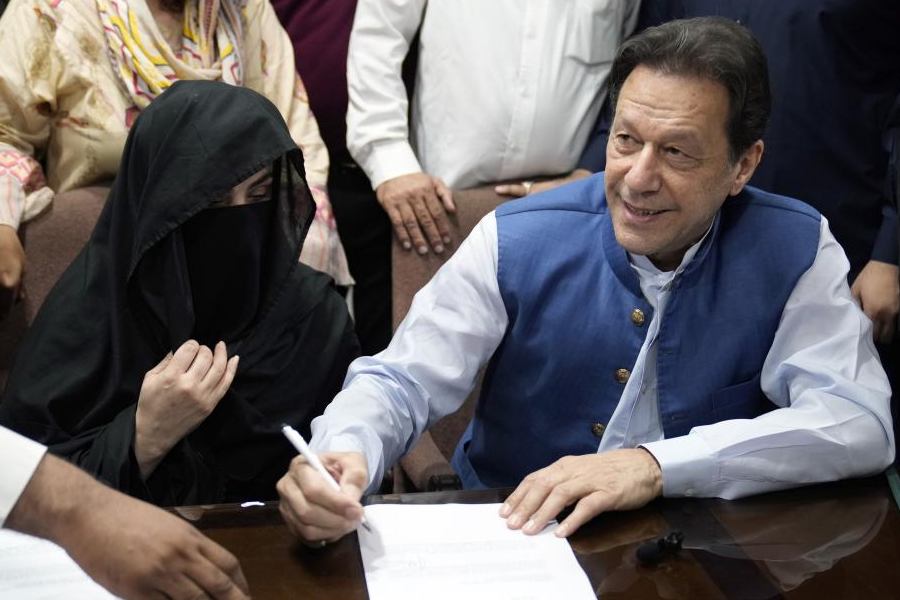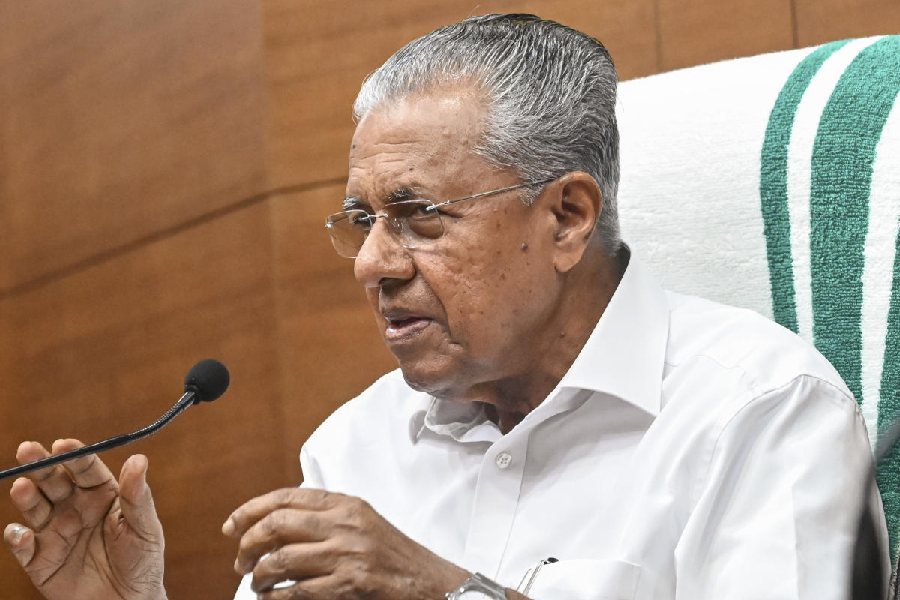Information is power. At the receiving end, there is also the question of trust. Census reports are public documents issued by the state. They involve, implicate and, most crucially, inform every Indian citizen. As a compilation of facts and figures, they are meant to be value-neutral, although the interpretation of these statistics significantly determines governance and policy-making. Yet how neutral such information manages to remain depends on the nature of the society receiving it, and on the polity interpreting it. This is why The Telegraph had been apprehensive about the Census Commission releasing a set of data on India?s religious demography. The commissioner himself talked about the sensitiveness of the findings, about not jumping to improper conclusions.
None of these fears was unfounded. In fact, far graver doubts could, and should, have been raised. The problem, it now appears, is not simply one of neutrality, but of reliability as well. The figures released were fundamentally misleading ? and misleading precisely on those counts that would feed the most dangerous biases and myths in the Indian polity and society. The impression, now proved false, of a rising growth rate of Muslim population was produced by the report because the 1981 and 1991 censuses had not covered Assam and Jammu and Kashmir respectively. So the commission has now revised the data to bring out adjusted figures. These show a Muslim growth rate of 29.3 per cent instead of the previous 36 per cent. Muslims now make up 12.4 per cent of the population, and not 13.4 per cent as given out before. This is because the new numbers exclude the populations of Assam and Jammu and Kashmir.
What exactly is the nature of the peril here? The latest ?report on religious data? had silently added on the figures for the two states, therefore failing to alert its readers to the significant difference this would make to the interpretation of the data. Is this an error? If so, then is it one of omission or commission? Is this misinformation or misinterpretation? And what is the nature of the human agency behind this act or non-act? Why does the Carelessness Theory sound disingenuous? For a while, the commission was thinking of adding on a corrective footnote, and there was brief talk of a footnote-writing panel of experts. Now, it has made substantive changes in the data issued (not in the interpretative apparatus), and has also made its parameters clearer. But why was this not done before, especially when the preface to the report makes it clear that it was prepared with a full awareness of its sensitive nature? India?s most powerful bigots are also the most illiterate. The risks of feeding them misleading or incomplete interpretations of ?religious data? are simply too grave ? especially when the nation is debating a uniform civil code, and facing the aftermath of a pogrom.











